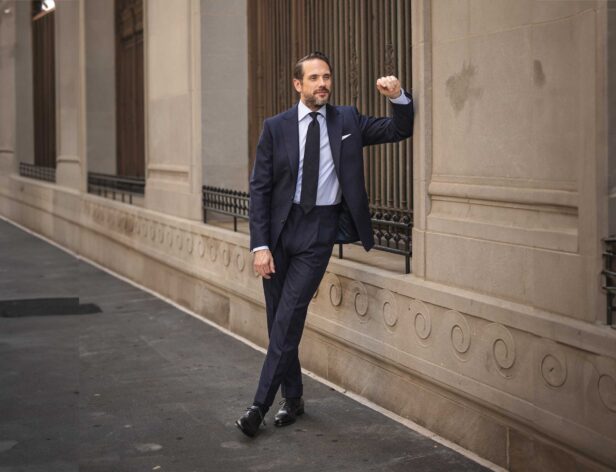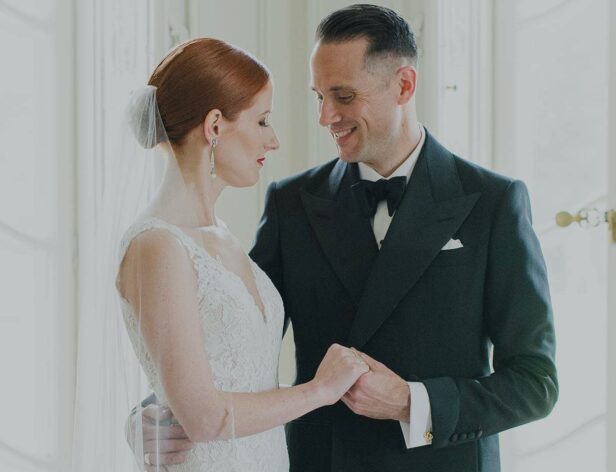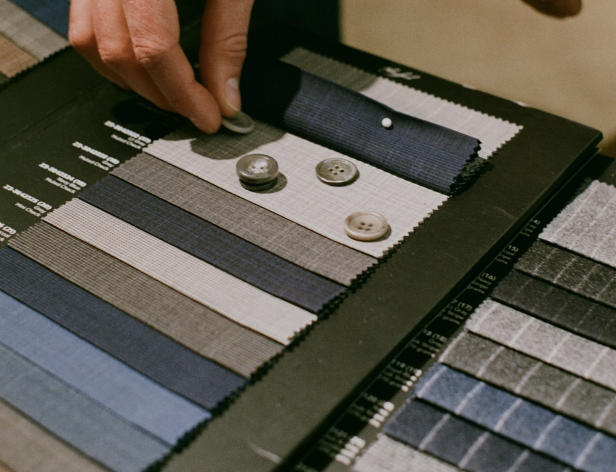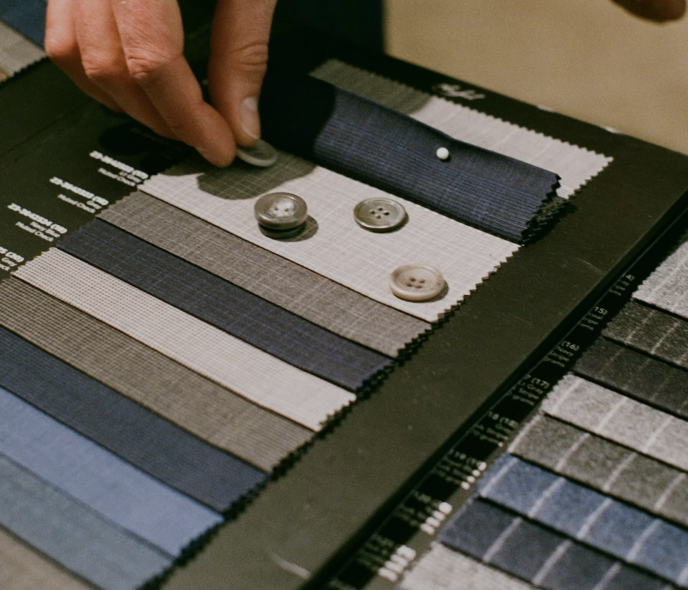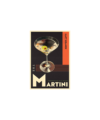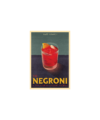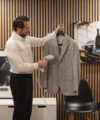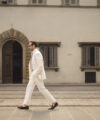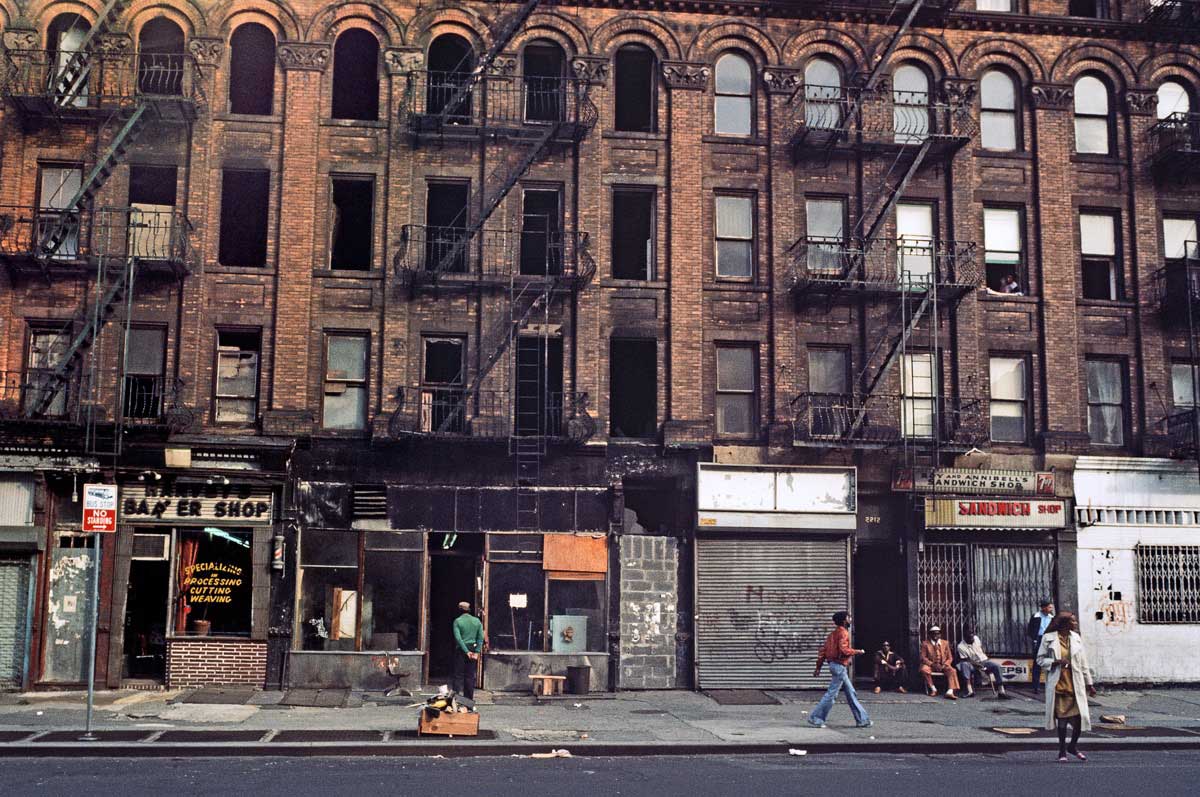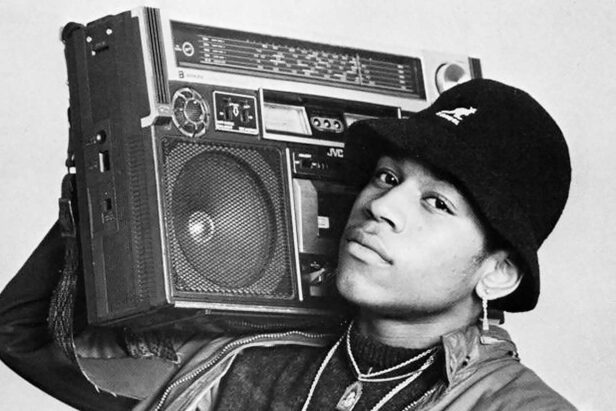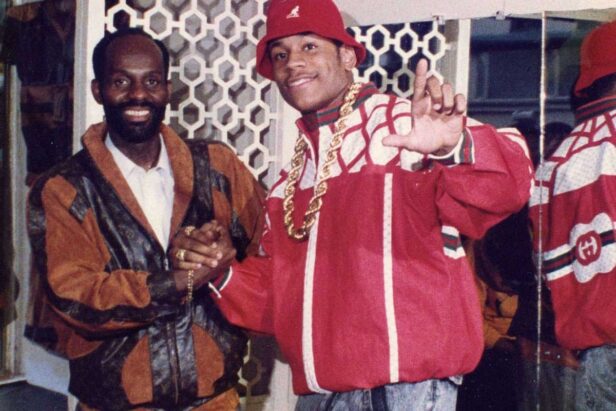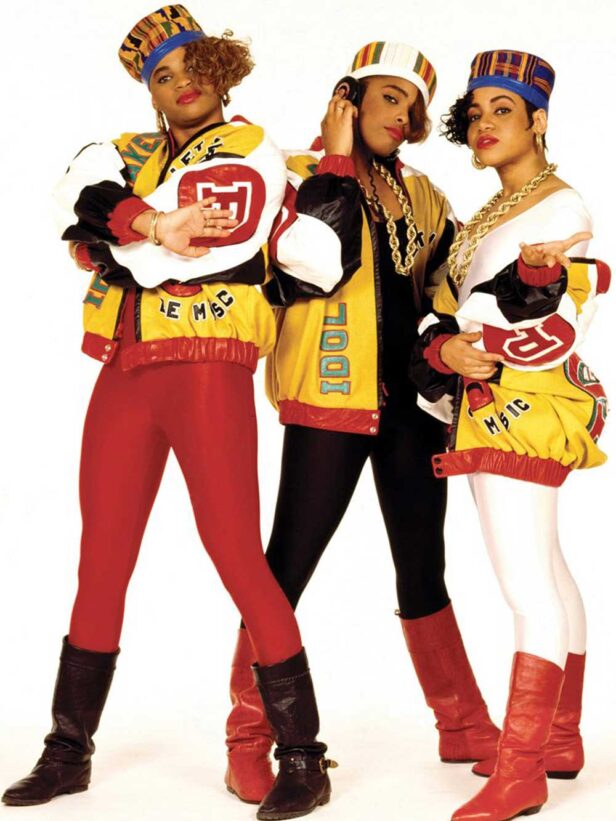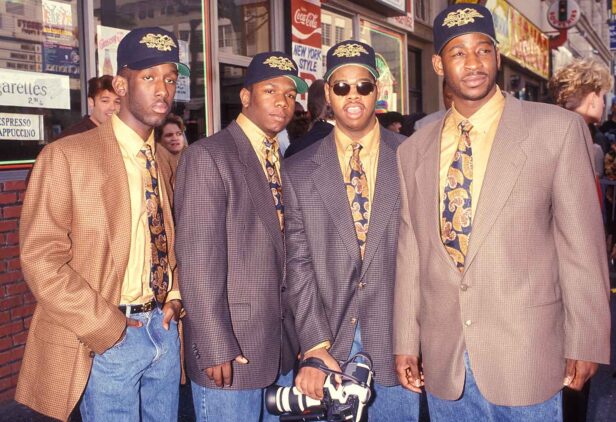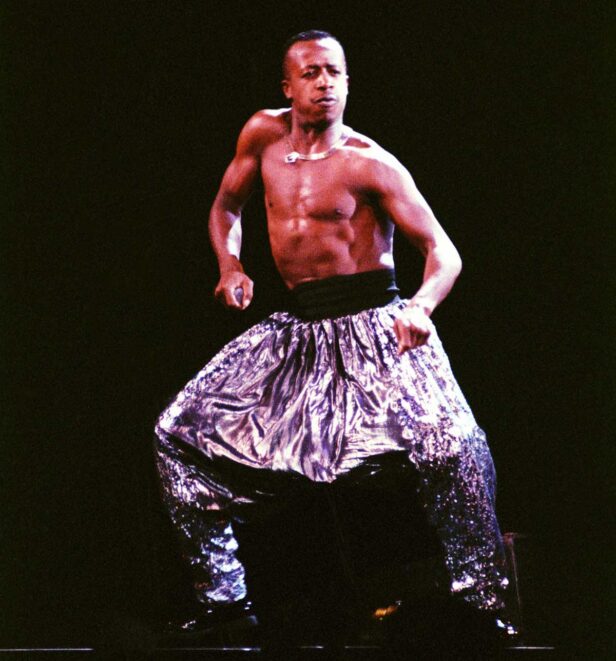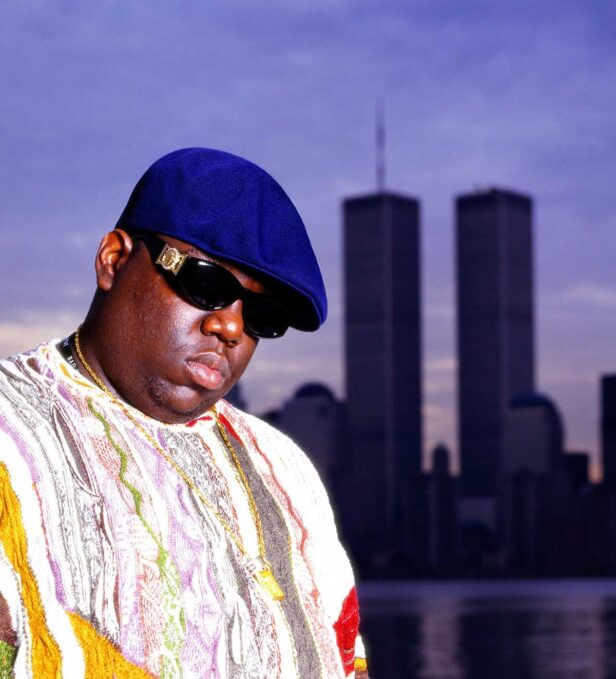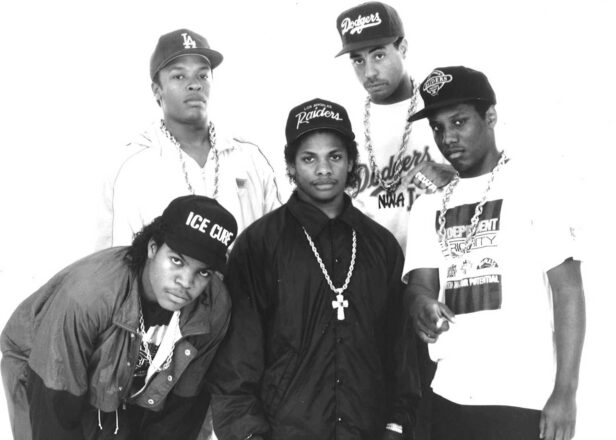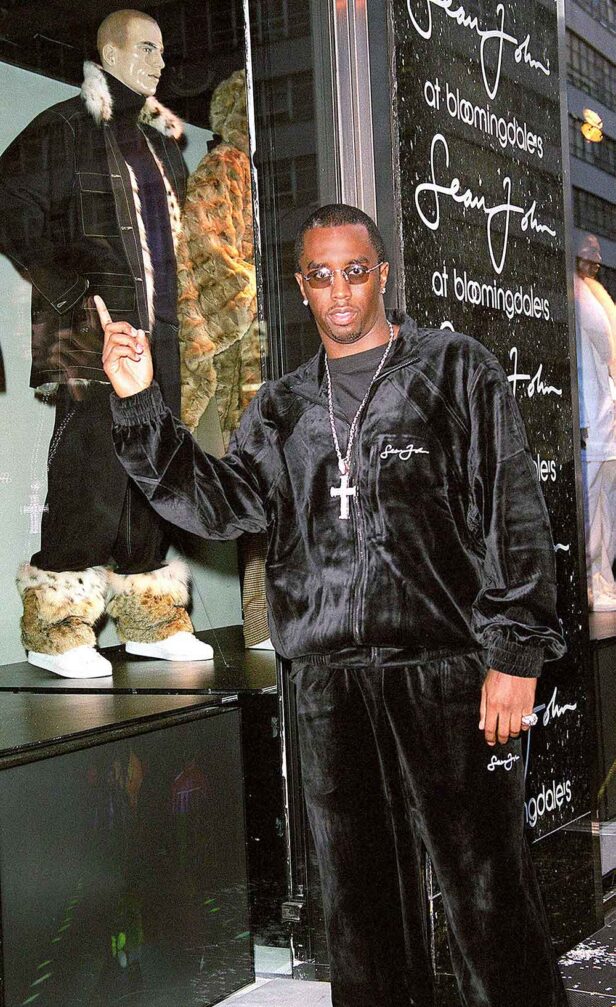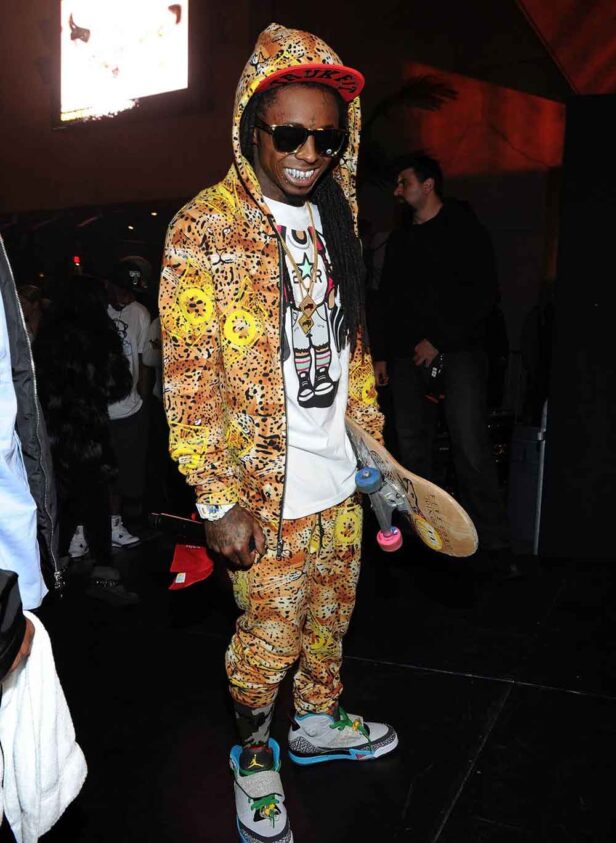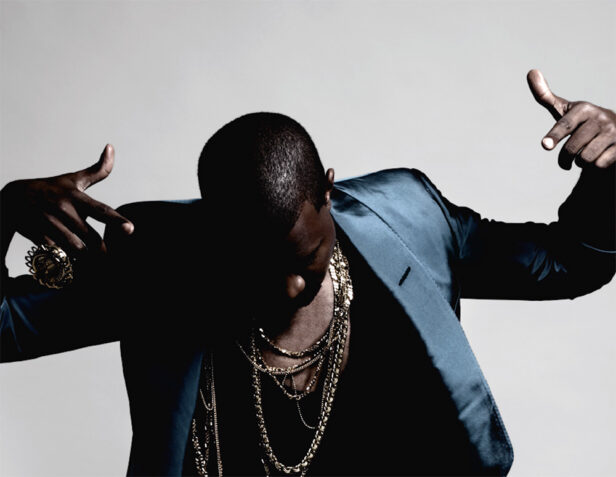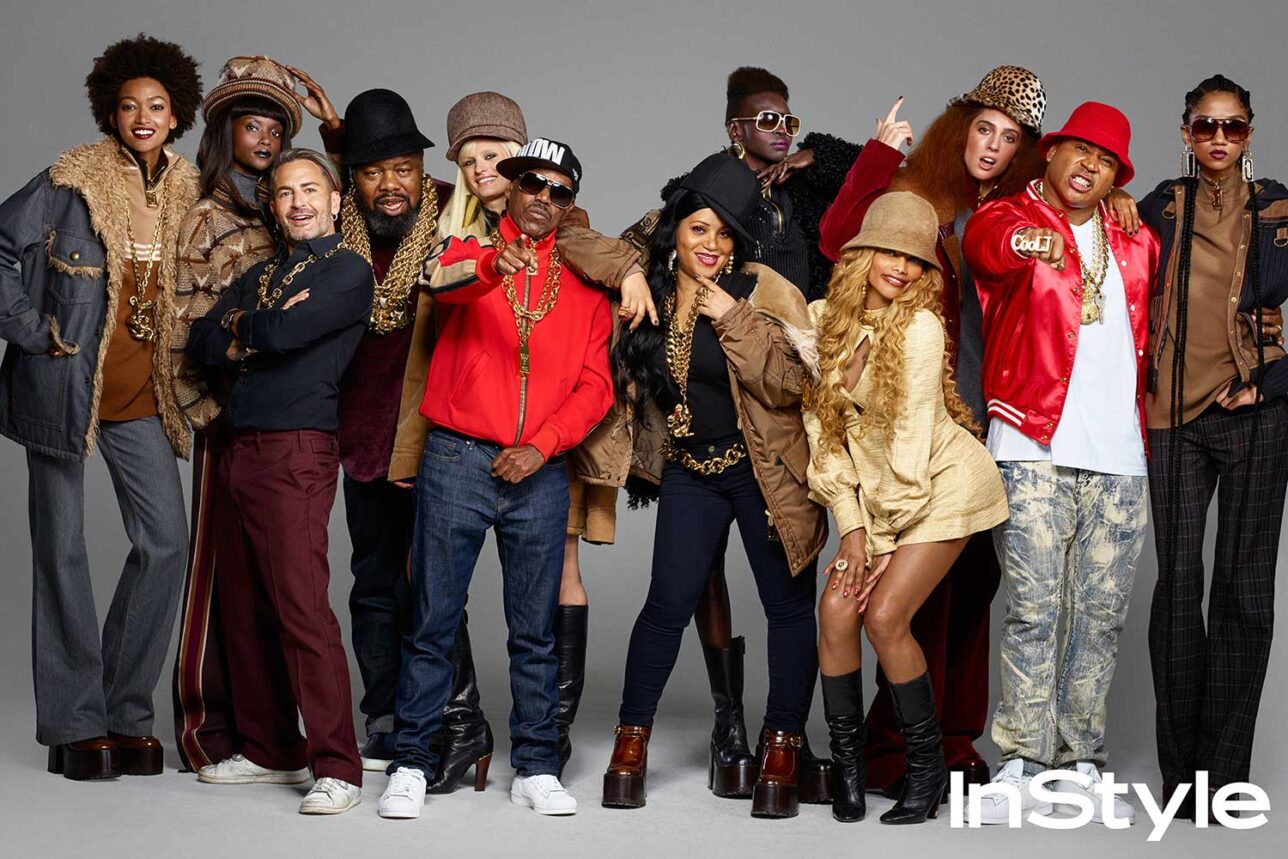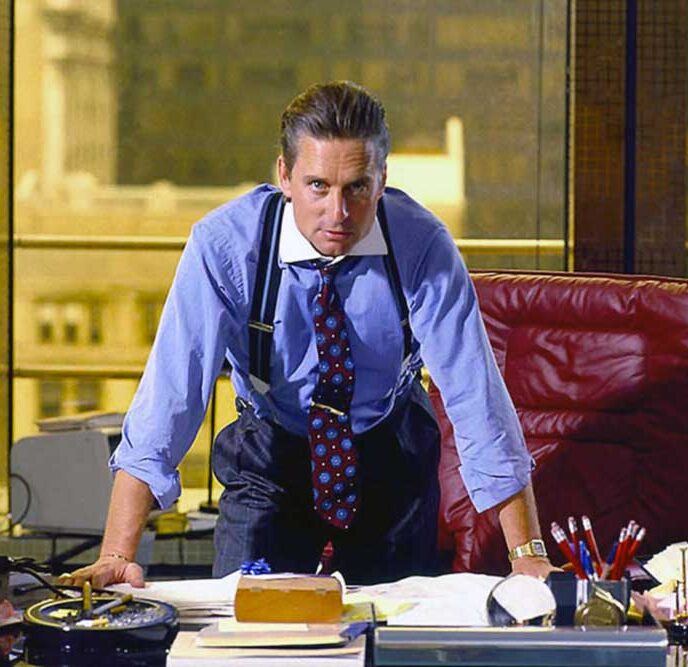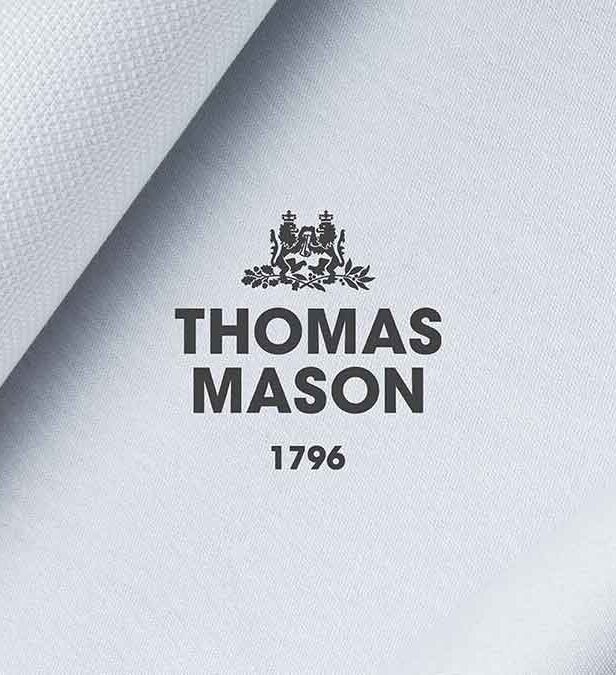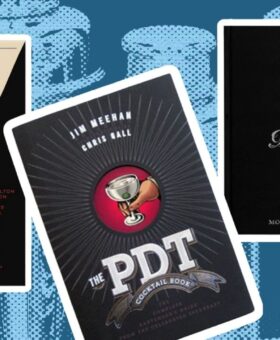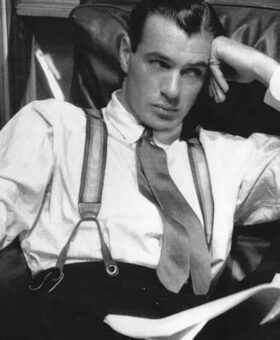
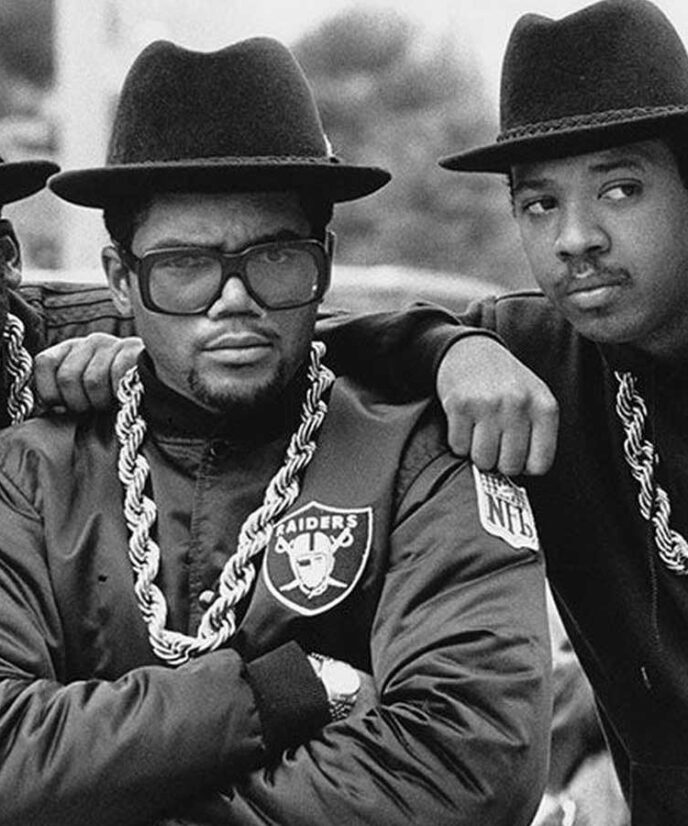
Share
Everyone knows hip-hop fashion when they see it, but it is becoming increasingly more difficult to define. One can point to a specific rapper or era, but it never captures the entire picture.
As hip-hop has moved into the mainstream, the lines are blurred between what is and is not considered hip-hop. Yet there is an underlying idea that explains the progression and evolution of hip-hop style:
It’s all about attitude.
What is hip-hop fashion?
Hip-hop is not only a genre of music, a form of dance, or a way of dressing.
Hip-hop is a culture.
Emerging from the Bronx in New York City, the hip-hop lifestyle – with its music, DJing, dancing and graffiti – provided an escape from a myriad of societal, economic, political, and cultural forces.
The origins of hip-hop go back to the 1970s, and the fashion reflected streetwear that kids in the Bronx already had in their possession, like bomber jackets, tracksuits, and sneakers with oversized shoe laces.
Puma, Chuck Taylors and Pro-Keds dominated the sneaker scene. Baggy clothing was big, likely due to the ill-fitting nature of inner city hand-me-downs. The fashion of the time blended ingenuity with streetwear. It was a mix and match of accessible clothing, dressing it up, and exploring new ways to wear it with pride.
Everyone made it their own.
Half a century later, hip-hop fashion, although certainly more mainstream, remains largely the same. Casual activewear and sneakers still dominate; think of recent collaborations between hip-hop artists and major sportswear brands.
However, a new era of hip-hop and high fashion was ushered in as hip-hop artists gained popularity in the 21st century.
In some ways, this has blurred the lines between what was considered classic hip-hop fashion and mainstream style today, but hip-hop is a state of mind. The person wearing the clothes makes them hip-hop, not the other way around.
Hip-hop fashion, with its brazen attitude, made it possible for you to wear and do what you want.
Who started hip-hop fashion?
Hip-hop fashion was a part of urban life before hip-hop began. As artists started to garner more widespread attention in the late 20th and early 21st centuries, the idea of hip-hop fashion became mainstream, but in reality, it brought a spotlight to how young urbanites were already dressing.
Hip-hop as a culture began in the neighborhoods of the Bronx in New York City in the 1970s at house parties.
Early DJs like DJ Kool Herc and Grandmaster Flash played breaks in soul and funk music that emphasized the drums and bass line of which Kurtis Blow later let us know.
With new party music, break dancing was the first aspect of the culture to blow up. Rappers quickly jumped into the mix to keep the crowds going all night. Early examples of this party vibe include Sugarhill Gang and 1980s New Orleans bounce music.
Although hip-hop undoubtedly finds its roots in street life and in some ways, despite its stark contrast to disco, certain aspects of disco influenced it.
Major hip-hop artists today recognize DJ Hollywood of Harlem as the first rhythmic rapper, even though he rapped on disco tracks. Aside from his pure rap influence, another element of disco shaped hip-hop culture: fashion.
In the 1970s, people would dress their best to party at the disco clubs, and the young people of low-income neighborhoods adopted this mentality at block parties.
As is the case with the music itself, there is not a single individual or music group that started hip-hop fashion. Rather, each rapper and DJ brought his own style to the party, as well as the dance crews that wore different attire as uniforms to distinguish themselves from competition.
As is the case even today, hip-hop style is based in an attitude that rails against limitations and boundaries, much like the counterculture of the 1970s. The wearer makes his clothing hip-hop.
Early hip-hop groups like Grandmaster Flash & the Furious Five, and the Cold Crush Brothers, embraced the theatrical side of disco with their fashion, donning over-the-top costumes with knee-high boots for performances.
Melle Mel of the Furious Five admits the group’s outrageous leather outfits cost $1,000 each, and a tailor worked on their looks.
Cold Crush performed in full suits and mink coats. In the early 1980s, artists backed by Russell Simmons, including Kurtis Blow and Run-DMC appeared clean cut in corduroy suits.
But the classic hip-hop look one recognizes today was catapulted by Run-DMC when they traded in their plaid sports jackets for everyday streetwear. Since the group is referred to as The Beatles of hip-hop, it only makes sense that the signature hip-hop look points back to them.
80s Hip-Hop Fashion
Run-DMC kept leather suits but also kept it real with their sense of fashion. They wore streetwear onstage; something unheard of by their hip-hop predecessors. The trio was the epitome of the genre; they broke all the rules in music and fashion. And as a result, fans related to their clothing, complete with denim jackets, black bowl hats, and shell toe sneakers.
Alongside them, LL Cool J popularized B-Boy style with Kangol bucket hats, gold jewelry, baggy clothes, and most famously, branded sneakers. The “B” in B-Boy stands for break, and the term refers to someone who dances in the breaks of music.
Run-DMC wore the classic white Adidas sneakers with rounded toes and the distinctive three stripes on the sides constantly, leading to their manager suggesting a song about the brand.
The group performed “My Adidas” in front of adoring fans and a company bigwig at Madison Square Garden, and the first deal between a nonathletic entity and an activewear line was struck. The million dollar deal married hip-hop fashion and sportswear forever. The trio repped Adidas with its own line of sneakers and tracksuits.
Yet sportswear is only one facet of hip-hop fashion. Another sector, high fashion, also started to integrate into the culture in the 80s.
Daniel “Dapper Dan” Day, a luxury knockoff king from Harlem, opened his atelier in 1982. His designs appeared on Big Daddy Kane, LL Cool J, and Biz Markie. The tailor cut his way to the top by incorporating haute couture labels and silhouettes into streetwear.
His fusion of Black New York style and luxury brands, although getting him in legal trouble in the 90s, is still acknowledged as genius today, even by the very houses that once found his innovations so offensive. The Gucci-Dapper Dan collection, officially endorsed by Gucci, was released in 2019.
Dapper Dan recognized that high fashion was big, even in the Bronx, Brooklyn, Harlem and Queens. He was the first designer who dared to put the Louis Vuitton label on items like caps instead of on purses. This appealed to his customers who wanted the high fashion label on items more representative of their everyday apparel.
Wearing haute couture was a symbol of status and class; it showed one’s aspirations. Ralph Lauren Polo and Tommy Hilfiger picked up on this appeal and allowed free advertisement without endorsements, with the latter going as far as giving away free items in low-income neighborhoods in New York.
Dapper Dan is also known for his embrace of Afrocentrism in the 80s and 90s. In celebration of their heritage, Black hip-hop artists, notably the ladies of Salt-N-Pepa and the artists of the Native Tongues collective, made a statement in bold patterns, bright colors, African prints, Kente cloth, and heavy jewelry.
The Jungle Brothers, De La Soul and A Tribe Called Quest emphasized Black pride with positive lyrics and African clothing. Some trace the popularity of thick gold chains, worn by Kurtis Blow, LL Cool J and Run-DMC, to African tribal history. In the early days of hip-hop, winners of rap battles in the street won jewelry and wore it like an Olympic gold medal.
Yet the style of Public Enemy during this same era marched to the beat of its own drum machine. In the late 80s, Public Enemy’s camouflage and military fatigues complimented their fight-the-power stance against corruption in politics and the police force. Their fashion choices made a statement and drew political attention.
As is the case with growing art forms, the 80s saw a diversity of hip-hop fashion and change. It was a time to experiment with style.
Depending on one’s neighborhood and personal style, a wide array of items composed hip-hop fashion. Clarks loafers, shark skin pants, Cazal glasses and Kangols reigned supreme in Brooklyn, while Harlemers stood out with matching velour sweatsuits and the same brands of sneakers. Kids in the Bronx blended Brooklyn and Harlem styles with jeans, sneakers, hoodies and T-shirts.
90s Hip-Hop Fashion
Hip-hop fashion in the 90s followed in the diverse footsteps of the previous decade. Hip-hop moved through the mainstream rapidly through television and, in particular, MTV.
R&B groups like Boyz II Men made hip-hop fashion their own, and MC Hammer brought his notorious harem (a.k.a. “hammer”) pants to the game. The Notorious B.I.G., one of hip-hop’s early fashion authorities, introduced Australian knitwear Coogi to the scene; bright and bold sweaters flooded the streets.
Oversized white T-shirts, sportswear, and sneakers continued to serve as the baseline for the hip-hop wardrobe, with an influx of puffy jackets, Timberland work boots, flannel shirts, and more denim in the form of jackets, jeans, and overalls.
Cross Colours, one of the first Black-owned hip-hop brands, began when its founder noticed young men wearing jeans four to five sizes too big. Visiting New York from California, Carl Jones realized he could cater to the demand for baggy denim. He started producing baggy jeans with smaller waists so that wearers could forego big belts. A size 36 would fit a 32 waist.
From there, it took off.
Costume designers of “Fresh Prince of Bel-Air” and “In Living Color” were eager to get their hands on Cross Colours designs. Jones and his colleagues single handedly changed the market for young men from fitted to baggy.
Black artists and celebrities like TLC, Snoop Dogg, Muhammad Ali, Jamie Foxx, Magic Johnson and Stevie Wonder repped the brand. It made $100 million in its first four years.
Out of Cross Colours sprang a variety of hip-hop clothing brands, including FUBU, Sean John, Mecca, Parish Nation and Karl Kani. FUBU (For Us By Us) worn by NSYNC and by LL Cool J in a Gap commercial, grossed $350 million in its first couple years of business despite its toil to land real estate in department stores until 1996.
The struggle to do business with corporate America was likely due to the stigma attached to hip-hop. Firstly, those outside of the culture viewed it as a short-living fad, and secondly, urban streetwear was considered writ large as gang wear, reflecting a society still grappling with inclusion and equality.
With the popularization of gangsta rap, thanks to West Coast groups like NWA, bandanas came on the scene, symbols of the colors of LA gangs. Public Enemy brought a more military style flavor to hip-hop fashion.
The infiltration of gangsta rap into American culture at large led to Adidas’ disassociation with hip-hop, leaving space for an up-and-coming brand.
When Nike endorsed NBA star Michael Jordan in the 80s, it influenced all of Black America. The hip-hop crowd sported Air Jordans as leisure wear, and it changed fashion forever.
The door had suddenly swung wide open for celebrity collaborations with activewear lines. Hip-hop stars embraced jackets and snapbacks by Starter, a brand that held partnerships with professional sports teams. Throwback jerseys and Champion hoodies also came on the scene at this time.
The 2000s
Once hip-hop hit mainstream American culture and was well-received, the market became saturated with hip-hop clothing, especially from rappers’ own lines. Fashion and marketing experts believe it collapsed due to the competition and lack of staying power.
But P. Diddy’s line Sean John stood out. It was more sophisticated, blending urban fashion with haute couture. In 2004, the Council of Fashion Designers of America (CFDA) gave Sean John the Menswear Designer award. Sean “P. Diddy” Combs was the first African American to achieve this prestigious honor.
Hip-hop streetwear endured as well. Loose fitting clothing of artists from the 80s and 90s grew even bigger, including oversized white T-shirts, baggy jeans, and big belts. Denim on denim and throwback jerseys also paid respects to the classic B-Boy look of the past two decades, while baggy camo pants harkened back to Public Enemy.
But with new artists like Lil Wayne, 50 Cent, Eminem and Ludacris, excessive tattoos and grillz replaced gold chains. Sweatbands, bandanas, du-rags, trucker hats and snapbacks with the shiny stickers still affixed dominated headwear. Nike Air Force 1s came back with a vengeance on the sneaker scene, and in 2009, Nike released Air Yeezy 1 with Kanye West.
The 2010s
Whatever your opinion of Kanye West may be, it is undeniable that he has played a major role in hip-hop fashion for the last decade. In 2013, Kanye’s collaboration with French fashion house A.P.C. included the “hip-hop T-shirt” in plain white. In 2015, he partnered with Adidas to release Yeezy Boost 350 after cutting ties with Nike.
In the past decade, Kanye and Jay-Z developed the cleaner look referred to as “proper swag” that is common among stars today, including A$AP Rocky and Pharrell.
Proper swag includes ensembles like tailored designer suits and Polos paired with fitted jeans. A$AP Rocky partnered with Dior and Calvin Klein in the late 2010s, and Pharrell’s Billionaire Boys Club has lived on since its establishment in 2003.
As hip-hop made its way back to high fashion, haute couture also expanded its reach to hip-hop. In 2017, Marc Jacobs’ women’s fall show featured tracksuits, thick gold chains, and retro coats in a nod to the early days. Jacobs commented on his fascination with the fashion of hip-hop, which he deemed the well-studied dressing up of casual sportswear.
But not everyone was a fan. In reaction to what some perceived as a sellout to high fashion, the nostalgic hypebeast movement materialized. It revived old school hip-hop pieces, like snapbacks and graphic T-shirts. The rebranding of Pyrex Vision played a significant role in the throwback.
Artists and fans alike land on different ends of the spectrum when it comes to hip-hop and haute couture. Some argue that the culture always leaned towards fashion designers, citing Dapper Dan’s success in the 80s. Others push back with the anti-establishment attitude long-engrained in hip-hop.
Hip-Hop Fashion Today
Despite opposition, Kanye West’s influence on hip-hop fashion remains strong today. In 2021, the release of a new Yeezy line with Gap crashed Gap’s website. The Yeezy hoodie sold out in minutes, and the round puffy jacket sans zipper is now sold at three times its original price.
And Kanye is not the only artist working with fashion. Although Travis Scott’s Cactus Jack sneaker collection with Dior has been indefinitely postponed, other stars have recent lines with brands like Cardi B x Reebok; Beyoncé with Adidas; Drake, Kendrick Lamar and Lil’ Nas X with Nike, and the list goes on.
How has hip-hop affected fashion?
Just as much as hip-hop fashion has Run-DMC to thank for its style through collaboration with Adidas, hip-hop music can thank the trio for introducing the genre to mainstream America through its collaboration with Aerosmith.
Today, hip-hop is not part of mainstream culture but rather, is mainstream culture. Its combination of activewear and high fashion are staples of the market today, especially with collaborations between artists and brands.
Two seminal technological events in particular brought hip-hop fashion to Americans. The first was TV, which delivered the outfits of New York boroughs and West Coast neighborhoods to American living rooms.
The second was the Internet, which opened the doors to a worldwide exchange of ideas and information.
With access to any kind of style in the world, individuals can find items to make ensembles their own, and the popularity of rappers puts their fashion choices at everyone’s fingertips.
Conclusion
While certain trends come and go, the spirit of hip-hop remains the same. Originating from the countercultural defiance of the status quo, hip-hop continues to push the envelope. With its widespread popularity and increasingly casual dress, hip-hop fashion today, with its ties to haute couture, may not appear as daring and revolutionary as it once was. But when recalling the status symbol of high fashion in the early days of hip-hop, it is apparent that hip-hop has made an indelible mark on the fabric of fashion globally.
Thanks for reading.
